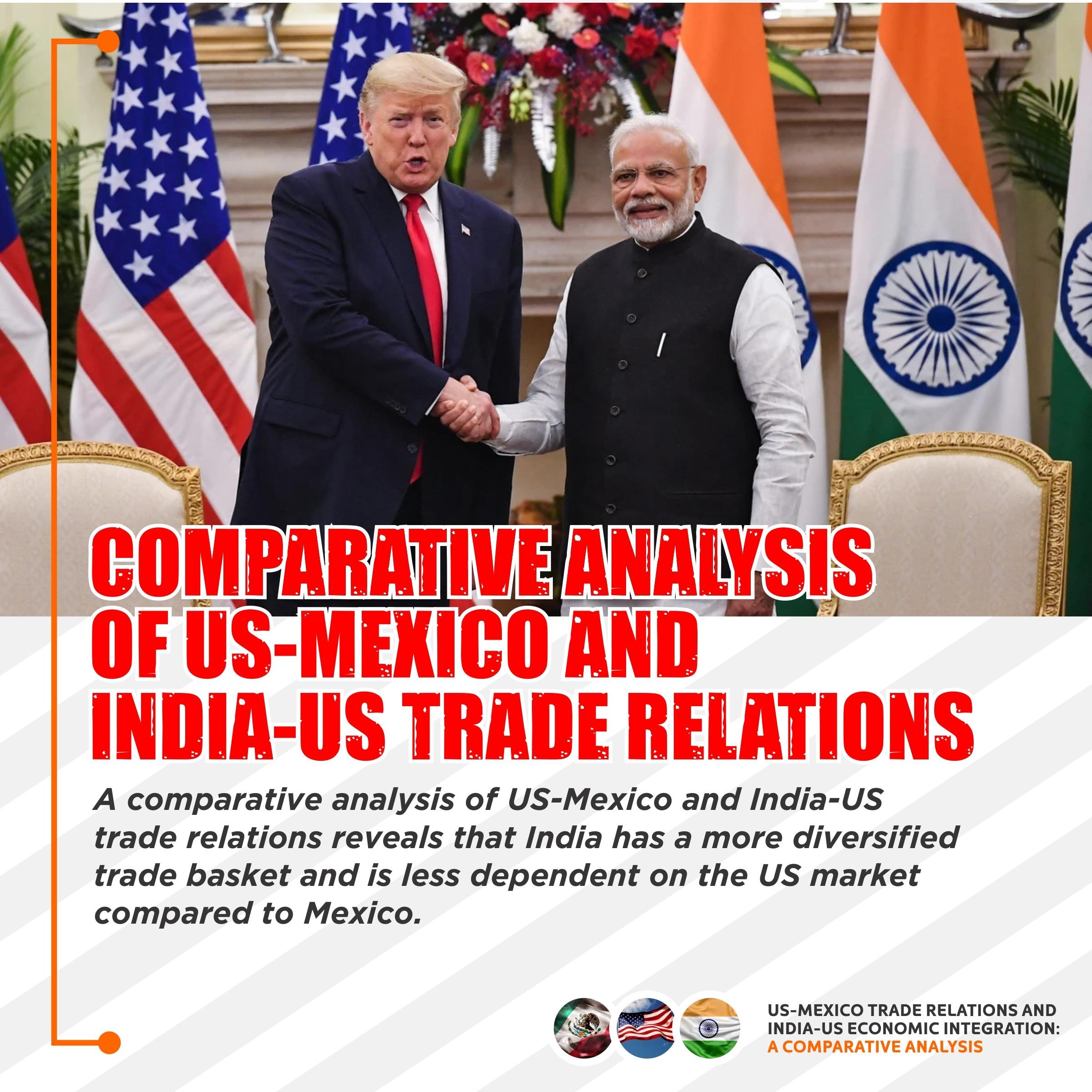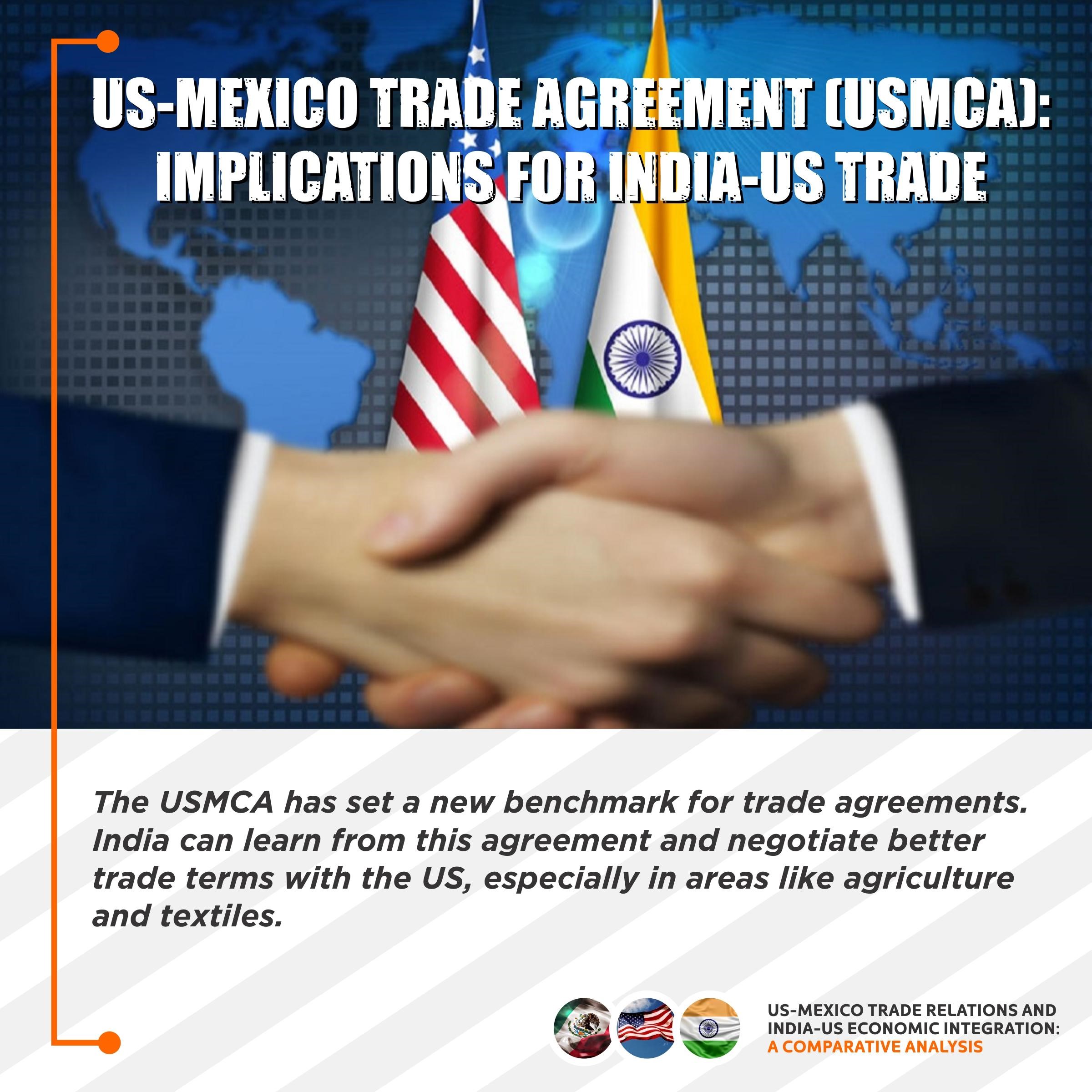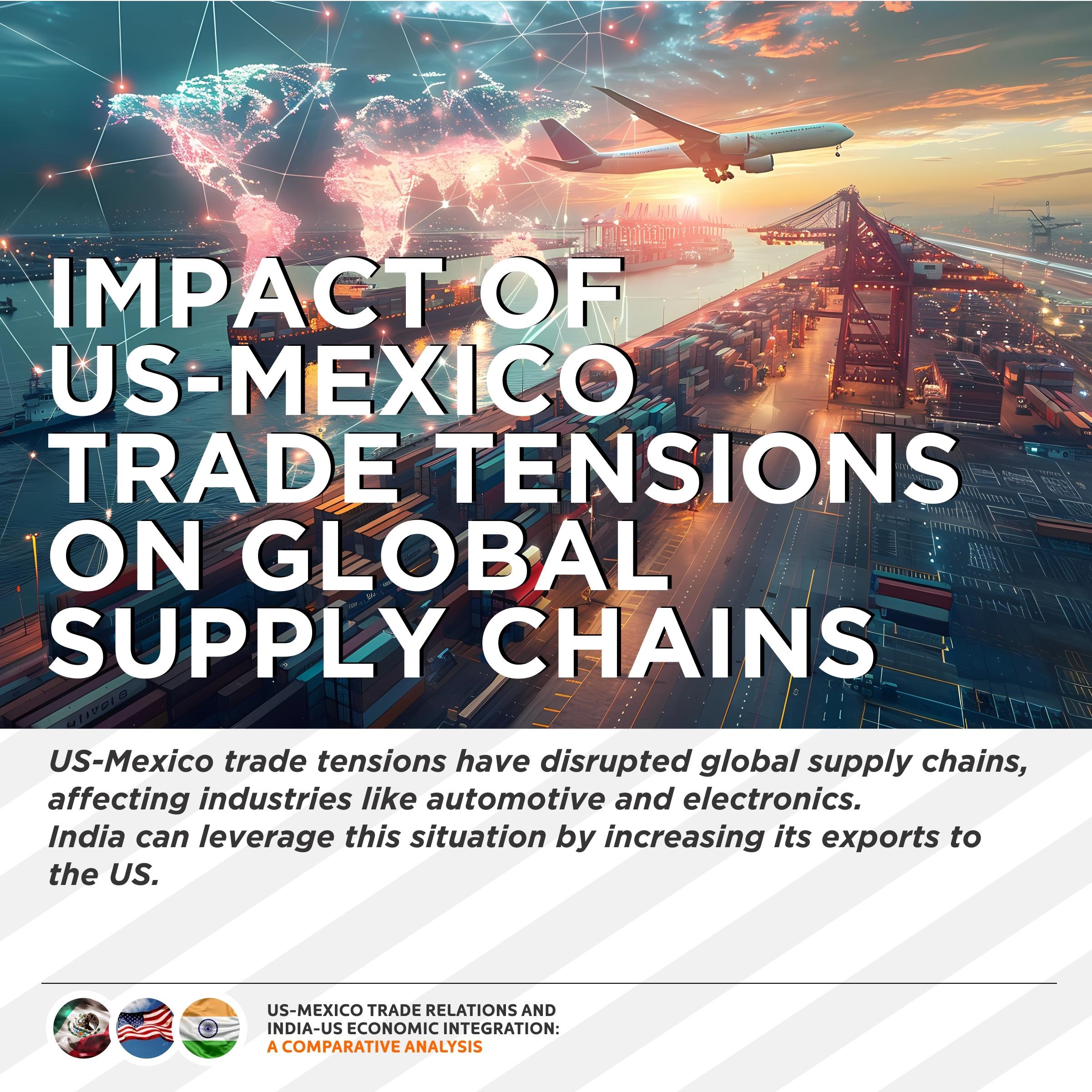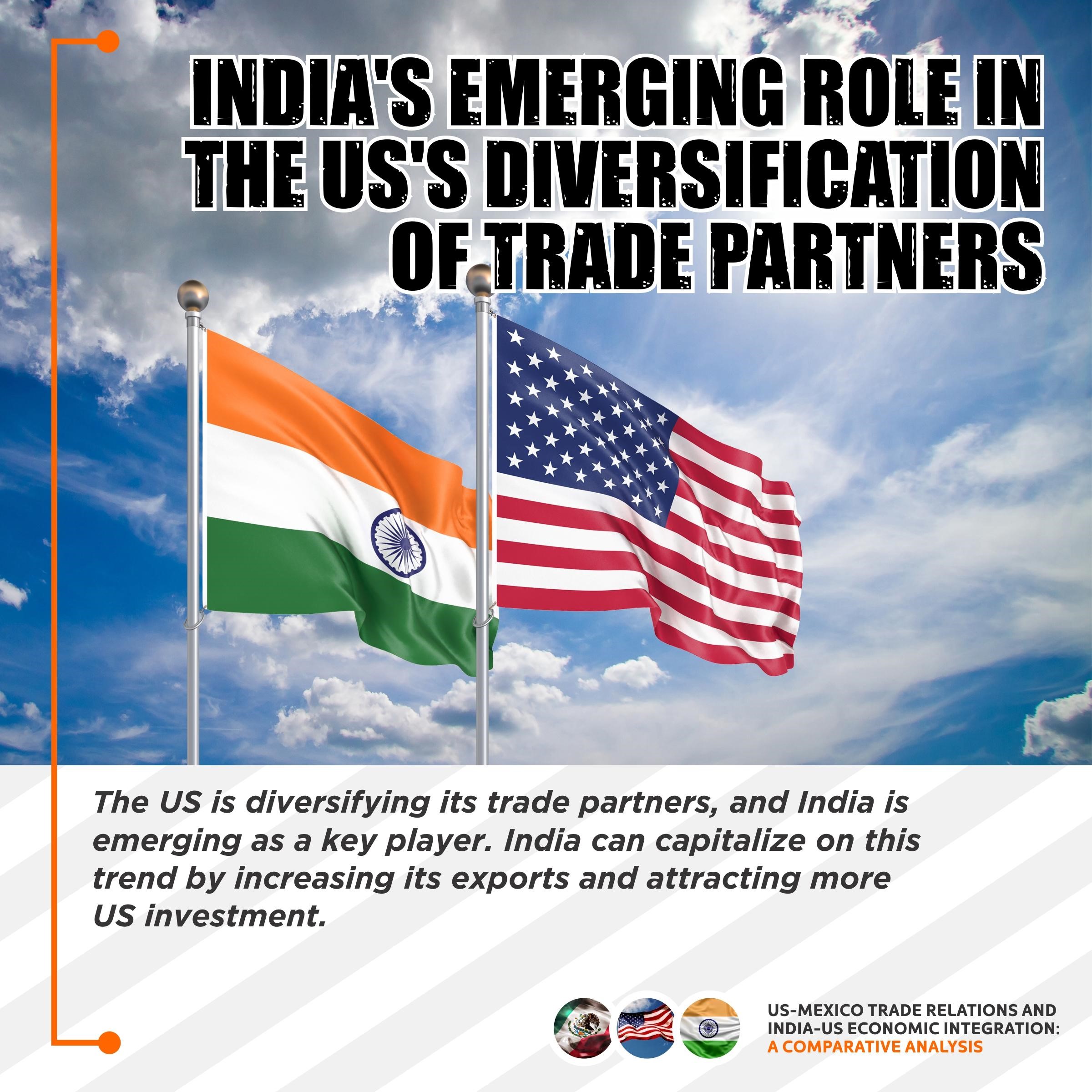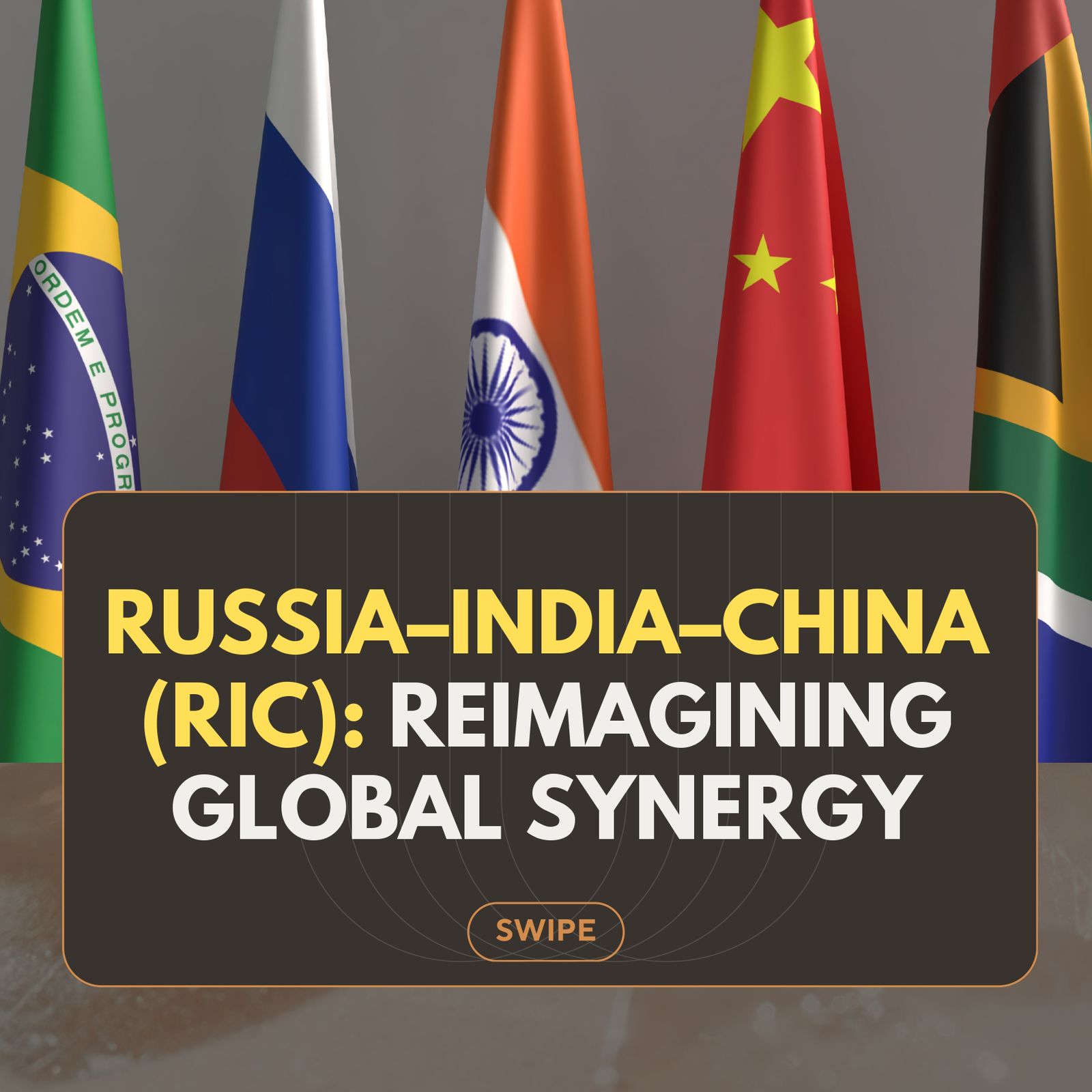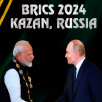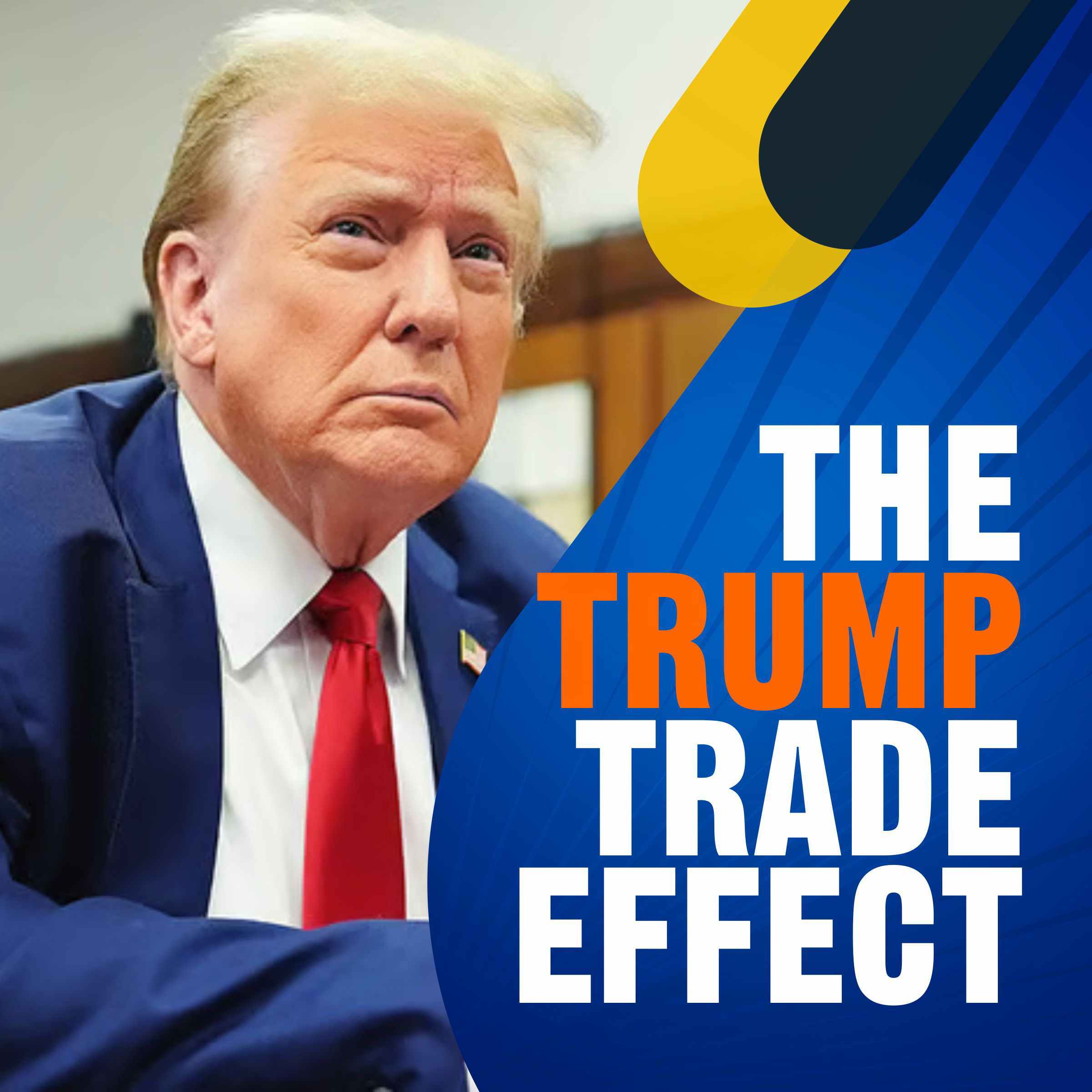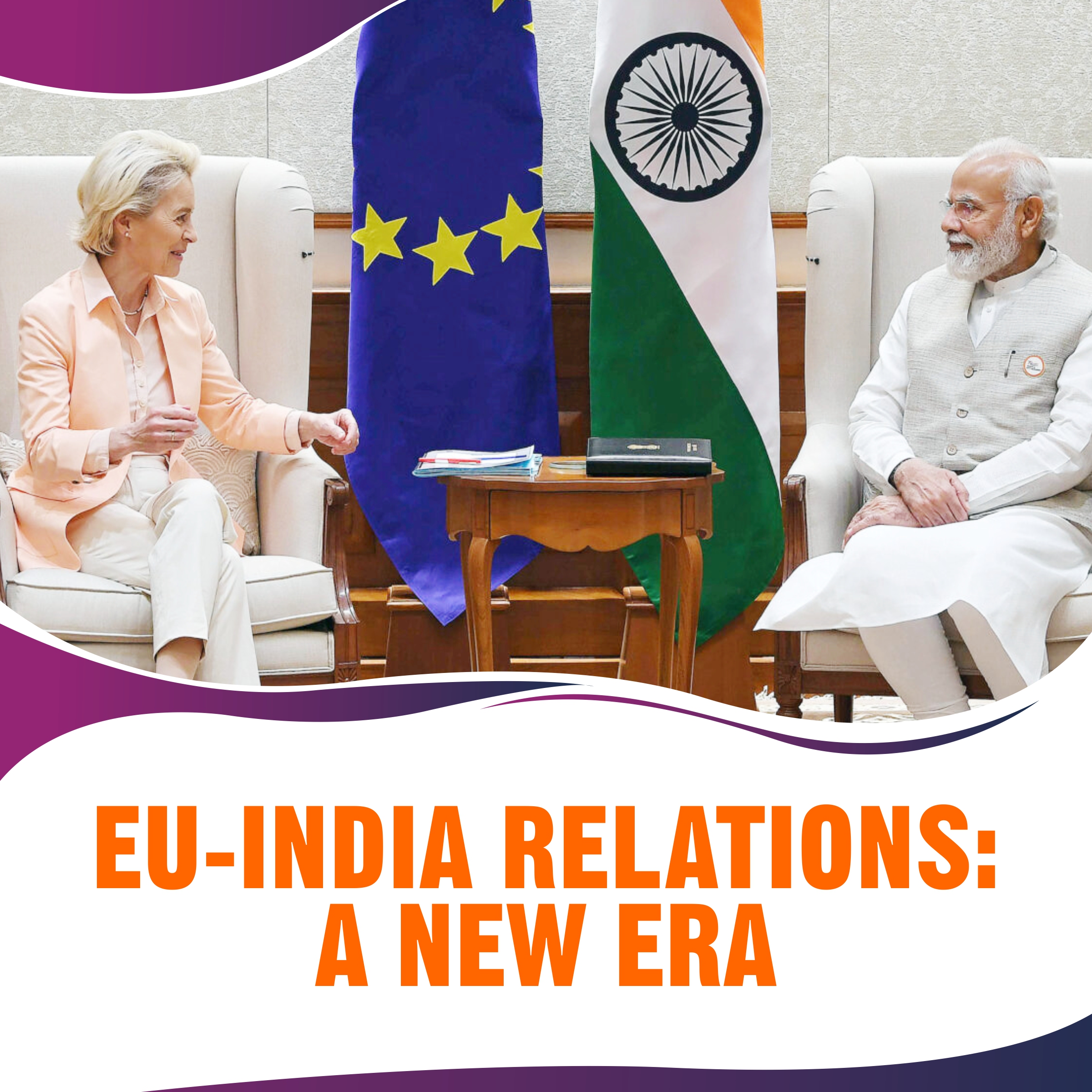A comparative analysis of US-Mexico and India-US trade relations reveals that India has a more diversified trade basket and is less dependent on the US market compared to Mexico. While Mexico's trade with the US is heavily concentrated in the automotive and electronics sectors, India's trade with the US is more diversified, with significant contributions from pharmaceuticals, IT services, and engineering products. This diversification provides India with a stronger foundation for its trade relationships and reduces its vulnerability to trade tensions.
The US-Mexico trade tensions have also highlighted the importance of trade agreements in promoting economic growth and stability. The USMCA, which replaced the North American Free Trade Agreement (NAFTA), has set a new standard for trade agreements, emphasizing the importance of intellectual property rights, digital trade, and labor standards. As India seeks to deepen its trade ties with the US, it can learn valuable lessons from the USMCA and negotiate better trade terms with the US.
In addition to the USMCA, the US has also been pursuing other trade agreements, including the United States-Japan Trade Agreement and the United States-Korea Free Trade Agreement. These agreements demonstrate the US's commitment to promoting free trade and economic growth, and provide a framework for India to deepen its trade ties with the US.
As India-US economic integration is expected to deepen in the coming years, several challenges need to be addressed to realize the full potential of this partnership. These challenges include trade deficits, intellectual property rights, and regulatory hurdles. To overcome these challenges, India and the US must work together to create a more balanced and equitable trade relationship. This can be achieved through increased cooperation in areas like trade facilitation, customs procedures, and regulatory reforms.
Furthermore, India and the US can also cooperate in areas like innovation and technology, where both countries have a strong interest. The US is a global leader in innovation and technology, and India has a large and growing pool of skilled workers in these areas. By cooperating in areas like artificial intelligence, blockchain, and cybersecurity, India and the US can promote economic growth and development, and create new opportunities for trade and investment.
As we gaze into the future, the trajectory of India's trade ties with the US will be shaped by its ability to navigate the intricacies of global trade, address its trade deficit, and promote its exports. One possible future scenario is that India's trade deficit with the US will continue to persist, potentially hindering its economic growth. If India fails to address this issue, it may struggle to capitalize on the opportunities presented by the US market. On the other hand, if India successfully reduces its trade deficit, it could emerge as a significant player in the global trade arena, driving economic growth and development.
The future of India-US trade relations will also be influenced by the evolving global trade landscape. The rise of protectionism and the increasing importance of regional trade agreements will require India to adapt its trade strategy. India may need to focus on negotiating bilateral trade agreements with other countries, such as the EU and Japan, to reduce its dependence on the US market. Furthermore, the growing importance of digital trade will require India to develop its digital infrastructure and negotiate trade agreements that facilitate the growth of digital trade.
In addition, the US-Mexico trade tensions will continue to have a significant impact on India-US trade relations. If the tensions escalate, it could lead to a global trade war, negatively impacting India's exports and economic growth. However, if the tensions subside, it could create new opportunities for India to increase its exports to the US. India must be prepared to adapt to either scenario and capitalize on the opportunities presented.
In the next decade, India-US trade relations will be shaped by several key factors, including the outcome of the US presidential elections, the trajectory of the US-China trade war, and the impact of the COVID-19 pandemic on global trade. India must be prepared to navigate these complexities and seize the opportunities presented by the US market.
Ultimately, the future of India-US trade relations holds both promise and uncertainty. As India navigates the complexities of global trade, it will be essential to address its trade deficit, promote its exports, and adapt to the evolving global trade landscape. By doing so, India can emerge as a significant player in the global trade arena, driving economic growth and development. The next decade will be crucial in shaping the future of India-US trade relations, and it is essential that India seizes the opportunities presented by this relationship to promote its economic growth and development.

